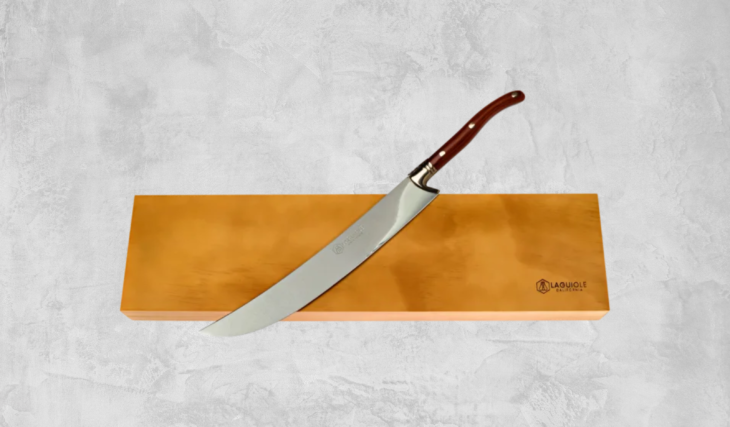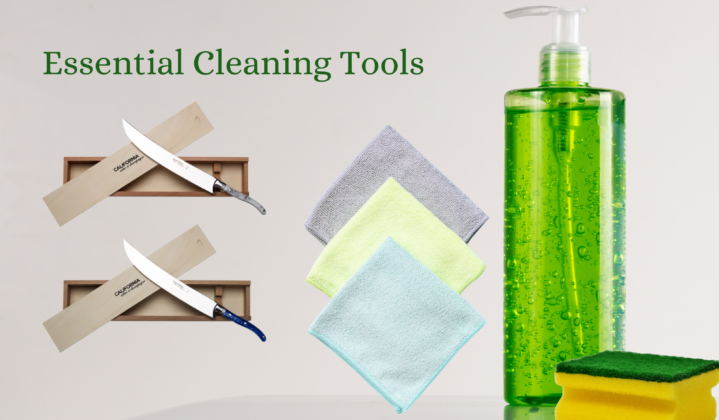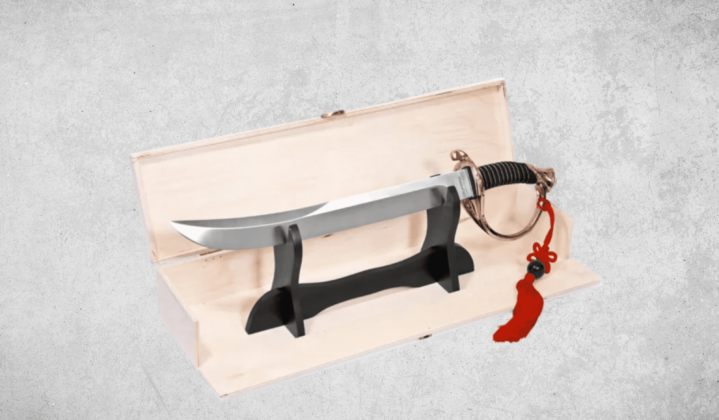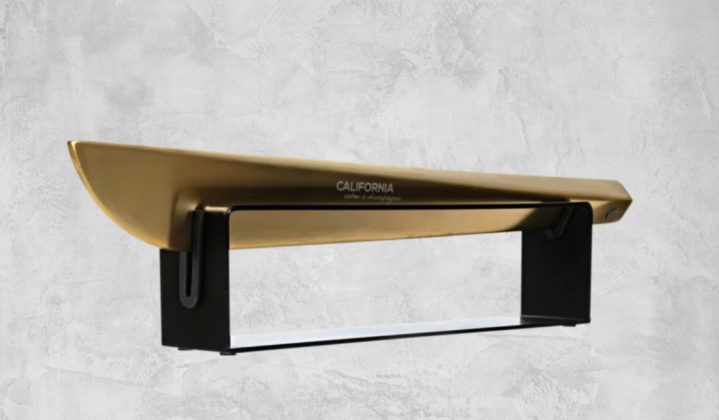Champagne Saber Maintenance: Keeping Your Blade in Prime Condition
A champagne saber is more than just a tool for opening bottles—it’s a part of the celebration itself. From the elegance of the blade to the precision of the cut, each saber brings a touch of tradition to the moment. But like any valued piece, it needs the right care to stay in prime condition and perform its role with ease. Proper maintenance isn’t just about preserving a piece of metal; it’s about keeping the spirit of celebration alive, ensuring that every occasion feels just as special as the last.
Taking care of your saber involves understanding its construction, cleaning it with care, and storing it properly. Each of these steps helps protect not only the blade but also the memories tied to its use. With a little attention, your saber will remain a reliable companion, adding grace and ceremony to every toast and moment of joy.
Key Takeaways
Regular cleaning keeps your champagne saber free from rust and water spots—always wipe it down after each use and use pH-neutral soap.
Use proper tools like microfiber cloths and soft brushes to safely clean intricate details and preserve the saber’s finish.
Store your saber in a cool, dry place or a display case to avoid humidity damage and accidental scratches.
Condition wood or leather handles regularly to maintain a secure, comfortable grip and prevent drying or cracking.
Apply protective coatings or anti-rust oil to the blade to defend against moisture, especially in humid climates or long-term storage.
Understanding Your Champagne Saber: Materials and Construction
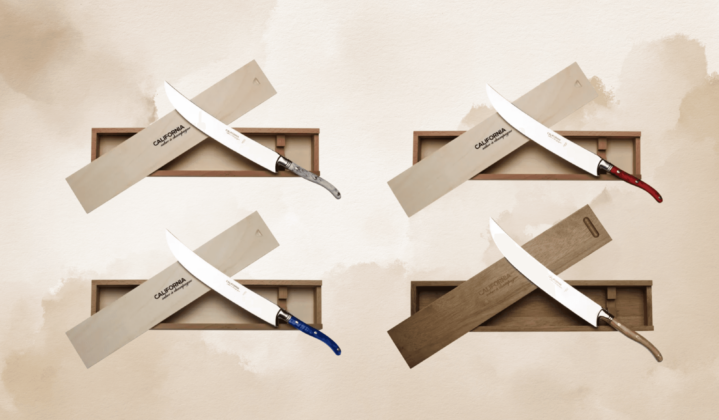
Champagne sabers are often crafted with a combination of durable and visually striking materials. The blade is typically made of high-quality stainless steel, chosen for its resilience against rust and its ability to hold a fine edge. Stainless steel provides both strength and corrosion resistance, making it a preferred choice for a tool that comes into direct contact with moisture. However, it’s not impervious to wear and requires consistent upkeep.
The handles and detailing can vary widely, with materials like polished wood, leather, or even intricate metalwork adding to the saber’s aesthetic appeal. Each of these materials has unique care needs—wood may need conditioning to prevent drying and cracking, while metal detailing can benefit from periodic polishing. Knowing your saber’s specific construction helps you give it the tailored attention it needs to remain both functional and beautiful for years to come.
Cleaning Your Champagne Saber: A Step-by-Step Guide
Essential Cleaning Tools
To properly execute champagne saber maintenance, you’ll need the right tools to keep your champagne sabre in prime condition. Start with soft microfiber cloths to avoid scratching the blade during cleaning. A gentle soap, ideally pH-neutral, ensures that you can clean without stripping protective coatings. To maintain the saber’s shine, it is recommended to use a high-quality metal polish. For more detailed cleaning, particularly around intricate metal detailing or the handle, consider using a small soft-bristle brush. These tools ensure you clean the champagne saber effectively without damaging its materials or affecting its long-term performance during sabering.
The Cleaning Process
Cleaning your champagne saber regularly helps preserve its beauty and functionality. After each sabrage, start by wiping down the blade with a microfiber cloth to remove any moisture or residue left from the bottle. This prevents corrosion and water spots from forming. For a deeper clean, prepare a bowl of lukewarm water with a mild, pH-neutral soap. Dip a soft cloth into the soapy water, wring it out, and carefully clean the blade and handle. Be mindful to avoid fully immersing the champagne saber in water, as this could damage both the blade and the handle.
Once the saber is cleaned, rinse the blade using a damp cloth dipped in clean water. Immediately dry it with another microfiber cloth to prevent any lingering moisture from causing rust. Make sure to dry the edges and the point where the blade meets the handle, as these areas are more prone to corrosion. Always avoid using abrasive cleaners or scouring pads, as they can scratch the surface of the saber champagne or dull the edge, compromising its performance when opening bottles of champagne or sparkling wine.
Removing Fingerprints and Smudges
Even with careful handling, fingerprints and smudges can accumulate on the champagne saber during use. To effectively remove them without harming the blade, use a small amount of metal polish specifically designed for stainless steel. Apply the polish to a microfiber cloth and gently buff the blade in long, even strokes. This process not only restores the saber’s polished appearance but also provides a protective barrier against future tarnish and rust.
Drying and Polishing: Ensuring a Long-Lasting Shine
After cleaning, proper drying is essential to prevent water spots and potential corrosion. Use a dry, lint-free cloth to thoroughly dry the blade, paying special attention to the edges and the junction between the blade and handle. Allowing any moisture to remain can lead to the formation of rust, particularly in humid environments.
Once dry, take a moment to polish the blade. A high-quality metal polish not only restores its luster but also helps create a protective barrier against future tarnish. Apply a small amount of polish to a soft cloth and buff the blade in a consistent, circular motion until it shines. For sabers with intricate metal detailing, use a soft-bristle brush to apply polish in small, hard-to-reach areas without overapplying.
By implementing these careful drying and polishing practices, your champagne saber will maintain its brilliance and readiness, ensuring that each use is a flawless celebration of elegance and tradition.
Sharpening and Honing Your Champagne Saber
While champagne sabers are not meant to be razor-sharp like a knife, maintaining a smooth edge is crucial for a flawless sabering experience. A dull or nicked blade can disrupt the process of sliding along the neck of the champagne bottle, increasing the risk of shattering the glass or missing the cork.
When and Why to Sharpen
Champagne sabers are designed for a single, impactful motion, so a fine edge isn’t essential—but keeping it free from imperfections is. If you notice visible nicks or if the saber struggles to glide smoothly along the bottle’s neck, it may be time to consider sharpening. Regular inspection of the blade can help you identify when it’s in need of attention. While the saber doesn’t need to be sharpened frequently, occasional touch-ups can ensure it remains functional and visually appealing.
How to Sharpen Safely
If sharpening is necessary, using a fine honing rod is recommended to refine the edge gently without overworking the blade. Gently run the blade along the honing rod at a consistent angle, applying minimal pressure to avoid creating unwanted sharpness or changing the blade’s natural curvature. If you’re unsure of your sharpening technique or if the blade has sustained damage, professional services are a reliable option. Many knife or cutlery shops offer specialized sharpening services that can restore the blade without compromising its structural integrity.
Storage Solutions for Preserving Your Saber
Proper storage is essential to keep your champagne saber in pristine condition. When not in use, the blade should be shielded from environmental elements and accidental damage to maintain its longevity and visual appeal.
Ideal Storage Conditions
A champagne saber should be stored in a cool, dry environment to avoid moisture buildup, which can lead to rust or tarnish. Humidity and drastic temperature changes can be particularly detrimental to both the blade and handle materials. Therefore, avoid storing the saber in basements or attics, where humidity levels may fluctuate. Instead, choose a storage area with a consistent climate to protect both the blade and any decorative elements.
Using a Display Case or Sheath
For long-term preservation and aesthetic appeal, consider using a display case that shields the saber from dust and accidental damage. A glass-fronted case not only adds a touch of elegance to your collection but also allows you to appreciate the saber without compromising its safety. Alternatively, if you prefer to store your saber away, invest in a high-quality sheath that fits securely around the blade. This provides an added layer of protection, preventing scratches or dulling from contact with other objects.
Preventing Rust and Corrosion in Your Champagne Saber
Rust and corrosion are two of the worst enemies of any blade, including champagne sabers and saber champagne. Proper maintenance is important to preserving the saber’s finish, preventing damage, and ensuring smooth performance during sabering events. Whether you’re opening bottles of champagne, or sparkling wine, taking steps to protect the blade’s integrity will prolong its lifespan.
Identifying Early Signs of Rust on a Champagne Saber
Even with careful maintenance, early signs of rust may appear on champagne saber blades, especially along the edge or around decorative detailing. Rust typically starts as small reddish-brown spots or discoloration on the blade—these are key indicators of rust formation. Catching rust in its early stages allows you to clean it before it spreads or causes permanent damage. Make sure to regularly inspect the blade, especially if you open bottles of wine or sparkling wines frequently.
Protective Coatings and Anti-Rust Solutions for Champagne Sabers
To combat moisture and oxidation, applying a protective coating can serve as a vital barrier for your champagne saber. A thin layer of oil or specialized anti-rust solution ensures your blade remains strong and resistant to the elements. Use a soft cloth to evenly distribute the product across the entire blade and handle—pay special attention to exposed areas where rust may develop. In humid climates or for long-term storage, consider adding silica gel packs or moisture absorbers to protect the saber. This approach also works well if you plan to keep your champagne saber stored between celebratory events.
Handle and Grip Maintenance for Champagne Sabers
Proper care for the champagne saber handle is just as important as blade maintenance. While the blade opens the bottle, the handle ensures a firm grip, making the sabrage experience smooth and safe.
Caring for Wooden and Leather Handles
For champagne sabers with wooden handles, periodic conditioning is necessary to keep the wood from drying out or cracking. High-quality wood conditioners should be applied gently to the wood surface, particularly along the grip where pressure is applied when you open bottles of champagne. Leather-wrapped handles, on the other hand, require conditioning with specialized leather balms to maintain their suppleness, ensuring the grip remains strong and durable. Avoid harsh chemicals, as these can discolor the handle or lead to peeling.
Inspecting and Securing the Grip
A secure handle ensures that the saber performs safely during sabering. Regularly check that all parts of the grip are tight and free from damage. Loose fittings or wobbling can affect your control during the sabrage process and may pose a safety risk when cutting through the foil, neck, and lip of the bottle. Tighten any loose parts and replace worn-out elements to maintain a reliable grip. Ensuring the handle’s integrity will give you confidence every time you use your champagne sabre to pop open corks with precision and style.
A Well-Cared Saber: A Lasting Symbol of Sabering and Celebration
Every champagne saber holds a story. It’s there in the moments when bottles are opened to mark achievements, new beginnings, and milestones. Caring for your saber isn’t just about maintaining a piece of metal—it’s about preserving those stories and the joy that comes with each celebration. A well-maintained saber keeps those traditions alive, ensuring that every toast feels just as special as the first.
At California Champagne Sabers, we recognize that your saber is more than just an accessory; it’s a symbol of moments shared and memories created. By taking the time to care for it, you honor those memories and the role it plays in making each occasion unforgettable.
